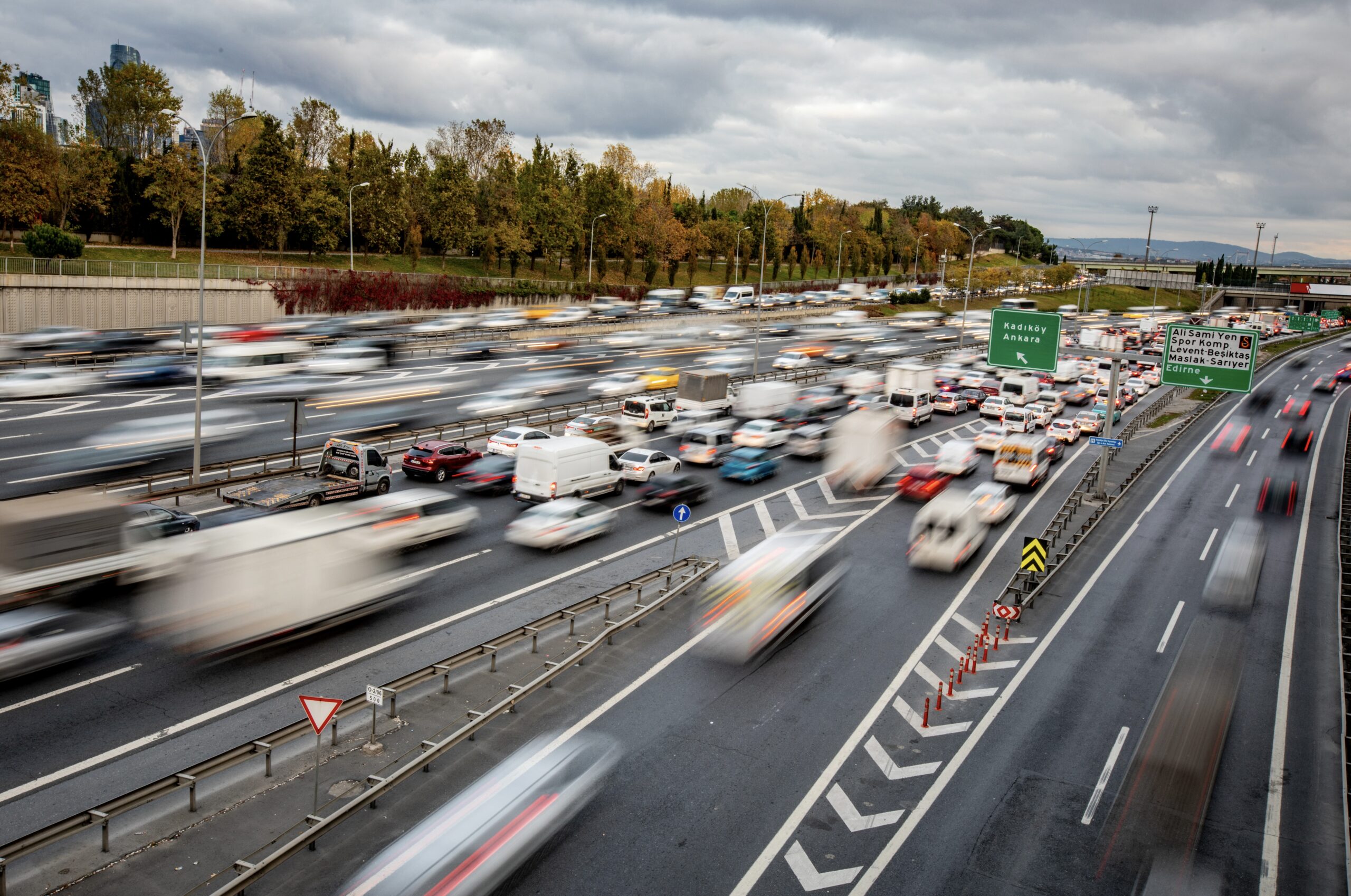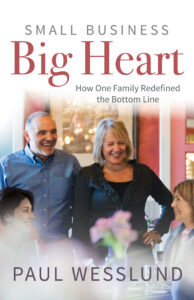
About the author : paulwesslundwriter
Paul Wesslund spent a career writing and editing for newspapers and in the energy industry. When he retired in 2015 he went on to write two books on how kindness and integrity leads to success, wrote a monthly energy column, became an environmental organizer, and got involved in the leadership of his church.
Subscribe To My Blog
Share This Story, Choose Your Platform!
What speeding says about our angry mood, and a hint that we just might be getting nicer
If you think the car that rocketed past you isn’t just someone late for work, you’re probably right. It’s a sign of the times.
Of course George Carlin had it right, too, when he observed, “Have you ever noticed how anybody driving slower than you is an idiot, and anyone going faster than you is a maniac?”
But there’s a difference these days. People are in fact driving faster. They’re more likely to be driving under the influence. They’re not wearing seat belts.
That cavalier attitude toward driving and its effects has been well-studied and generally chalked up to the effects of the COVID lockdowns. And it’s an attitude that’s gotten broader than just road rage. Even when we’re out of our cars, we’ve come unmoored from our norms of civility and basic human decency.
A fistfight in the U.S. Senate?
There’s actually plenty of decency to be found. You can probably think of kindnesses you’ve witnessed yourself just today. The problem is the meaner voices get the biggest megaphones. Social media algorithms reward conflict and negativity. Leaders who could otherwise be good role models swear in public and vilify those who disagree. For gosh sakes last year a fistfight nearly broke out in a committee hearing between a union leader and a United States Senator.
What’s happening on the roads offers a close-to-home case study in bad behavior, its consequences, and even our national mood.
First, for full disclosure I’ll confess that I’m one who drives the speed limit. Well, pretty much.
When I’m on Interstates I set the cruise control at 2-3 mph over the posted limits. I’m not bragging particularly, but I do have pretty good, if nerdy, reasons. Mainly I’m a long-time environmentalist. I took it seriously when the 55 mph limit was set under President Nixon (no, not President Carter as a lot of people think) as a way to save fuel. Even with all the improvements to motor vehicles since then, 55 is still the most efficient speed.
Faster speed limits mean more traffic deaths
I also take to heart the crash statistics—slower speeds mean fewer deaths and injuries.
And when I spot a police car I don’t have to tense up, stress out, and hit the brakes.
During the 50 years since the national speed limit was set at 55 , it’s been creeping upward. In some places it’s as high as 85 mph.
Then in 2020, COVID hit, raising more than just highway speeds.
Traffic deaths jumped dramatically at the beginning of the pandemic even though there were fewer people on the road. Empty highways invited reckless behavior.
Those habits hung around as the pandemic eased. Since 2019, deaths from crashes involving speeding increased 17%. Drinking and driving fatalities jumped 18%. Deaths related to not wearing a seat belt rose 21%.
A study on driving attitudes found younger people less concerned about safety measures. 30% of Millennials (those between 27 ad 42) said it’s OK to drive more than 20 mph over the speed limit. 35% of Gen Z (11-26) drivers say it’s not necessary to wear a seat belt on short trips. For Boomers (60-80), those numbers were 5%.
And enforcement is down. Traffic citations have declined 13% since 2020. Theories about why include more lax enforcement and declining numbers of police as a result of COVID-related issues, and even reaction to criticism over the killing of George Floyd and other high-profile cases.
“The Me and Only Me” Decade

Small Business, Big Heart, tells how a couple who owned a restaurant created a successful business based on kindness, compassion, and second chances.
We’re less inclined to follow the rules, or think they apply to us. And we don’t mind telling people about it. Anger erupts from restaurant waiting areas to airplane cabins. Death threats have become a too-common part of our disagreements.
Harvard Business Review published an article titled, “Frontline Work When Everyone is Angry.” A healthcare website ran a piece headlined “Is Rudeness Here to Stay?”
Writer Tom Wolfe dubbed the 1980s “The Me Decade.” In the 2020s that’s on steroids. We seem to be in “The Me and Only Me Decade.” Commentator Bill Lamb recently pleaded:
“With all the yelling and shouting going on, no one is listening anymore…When we do have a disagreement with someone, whether it be over politics, or religion, or whatever, can we take threatening to kill them off the table? Surely, we can dial down our hostilities at least to that level. Although we haven’t demonstrated it lately, I think we are better than this. I just don’t have enough evidence to prove it.”
Tom Waits nailed it in his song, “Talking at the Same Time:”
“All the news is bad
Is there any other kind?
…Don’t take any lip
Stay in line
Everybody’s talking at the same time”
I published two books about how kindness succeeds more effectively than meanness. They describe a married couple who actually saved their restaurant from failure by deliberately making a priority of treating people they way they would want to be treated. Basic human decency, it turns out, even makes good business sense.
Everybody needs a little grace
I ran into another case of basic human decency recently standing right in front of me in the line at the donut shop. A woman held her box of donuts out to the server and told him she was supposed to have a dozen.
“There are,” he said.
She calmly replied, “1-2-3-4-5-6-7-8-9-10-11.”
Server: “Oh, right, cinnamon sugar. I’ll get it. So sorry about that.”
Customer: “That’s OK. The woman putting together the box said it was her first day. Everybody needs a little grace.”
There’s even a hopeful sign from out on the road. The National Highway Traffic Safety Administration says preliminary numbers from 2023 show that even though we’re driving 2 percent more, traffic deaths are down more than 3%.
Maybe we’re getting just a little bit nicer.
As for me, I’ll try to be an example by continuing to drive 55 (-ish).
